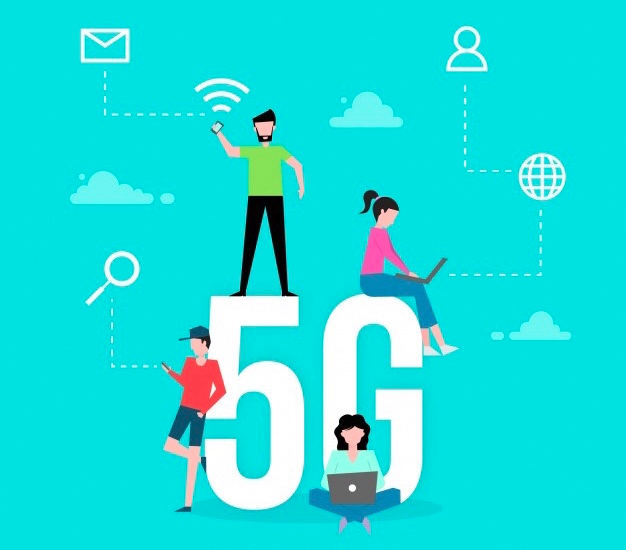Will 5G internet connectivity change the world? The answer is most definitely.
At the end of last year, some wireless companies announced their plans for 5G rollout. In fact, just this month, on April 3, Verizon became the first carrier in the world to put their new system online. Starting only in Chicago and Minneapolis, Verizon will eventually bring the services to some additional US cities, with other wireless companies vowing to do the same over the course of this year.
On paper, 5G (fifth-generation wireless) promises data speeds of 450 megabits per second, with peak speeds of nearly 1 gigabit per second, which is about 10 times faster than 4G speeds. This kind of performance has the ability to transform the way we live and work in ways we are only beginning to realize.
Many agree that 5G will usher in a new age of IoT (internet of things). We will no longer be confined by our mobiles or desktops being the “hub” of our smart devices. All of the devices around us will be able to communicate with each other independently. And there will be even more smart devices – smart appliances, smart furniture, smart clothing, you name it.
Imagine a world with driverless cars and remote surgery. Okay, maybe that sounds a bit too scary for starters, but it’s not out of the realm of possibility down the road. The more innocuous applications of 5G technology will present themselves a lot sooner. Since buffering will become a thing of the past, lightening fast speeds will allow for more seamless sharing of high-quality photos and videos, smoother video calls and instantaneous downloads of large files, like movies in 4K.
And how exactly will 5G change the advertising industry? The possibilities are endless and companies will surely be all over developing new tactics to use to their advantage. All of those smart devices around us will be able to collect billions of data points that can be used to predict behaviors. Real-time communication with customers in various locations, such as stores, restaurants and even homes, will provide a lot more opportunities for profit. Brands will also lose less website users, since they won’t have any delays waiting for pages to load.
Another added bonus is that we may see the demise of ad blockers. Many people install blockers in the first place because ads increase the amount of time it takes a web page to load. With the instant nature of 5G, we may see a decline in the number of ad blockers, making it that much easier for marketers to reach their targets.
Omnichannel campaigns will become the norm and some experts predict that OOH (out-of-home) content will truly become the anchor for marketing in our interconnected world. We are already seeing brands trying out different strategies. Jason Kuperman, SVP and Chief Product Experience Officer for ON Smart Media, offers these examples: “Displays at a particular subway station in proximity to a Broadway theater, for instance, can promote actual last-minute available seats for purchase. A local sports team can advertise on screens in multiple locations, and in near real time display the score, highlights of the game, and the words of influencers in the space.” There will be a true merging of convenience, connectivity and AI.
With faster load times and higher resolutions, we can expect to see a new range of ad formats and pricing options moving forward. Advertisers will have the ability to hypertarget and retarget, being able to send their message to any smart device or screen at any time of day. Marie Hattar, CMO at Keysight Technologies, theorizes “At a park, a trailhead sign could start a conversation with your customer’s smartwatch informing her that she could burn 20% more calories on a particular hike if she were using walking sticks or leg weights, essentially encouraging her to invest in those products. Or, a smart toaster could text her that there is a new type of bread on the market that is lower in calories, higher in protein and more filling.”
However, all of this change will not happen overnight. We are still a ways off from having full, widespread 5G coverage and a handful of 5G ready devices are only just hitting the market. 5G services will also come with a hefty price tag. Prepare to pay additional fees for 5G-enabled hardware and service. So we can expect the effects over the next year to be minimal. Yet, keeping that in mind, it is never too early to start thinking about ways to push the envelope. Keep the imagination flowing because anything can become a reality. 5G has the power to truly start a technologic revolution.



